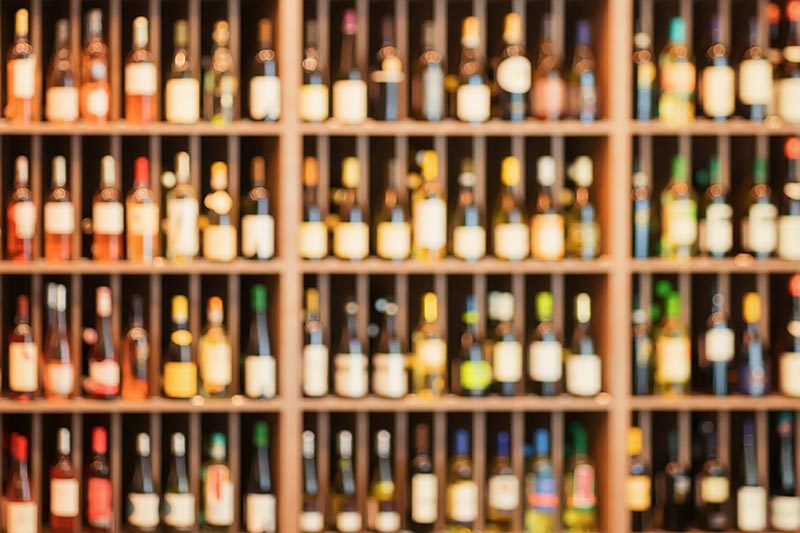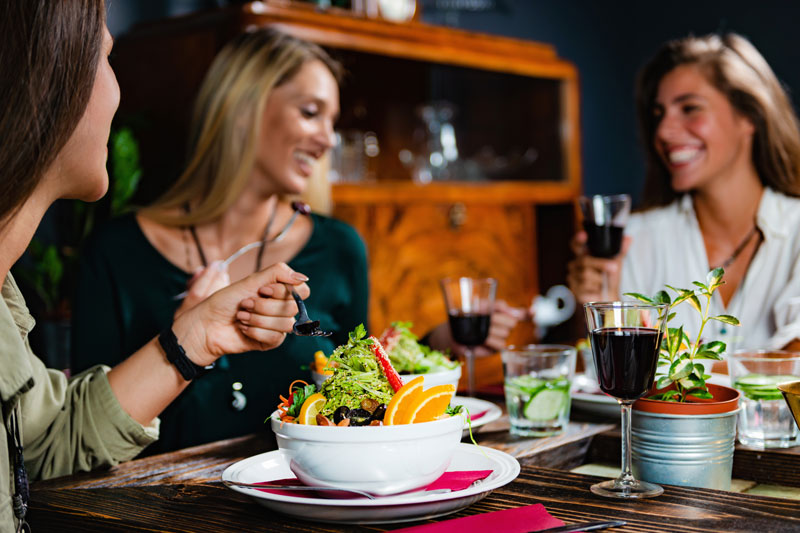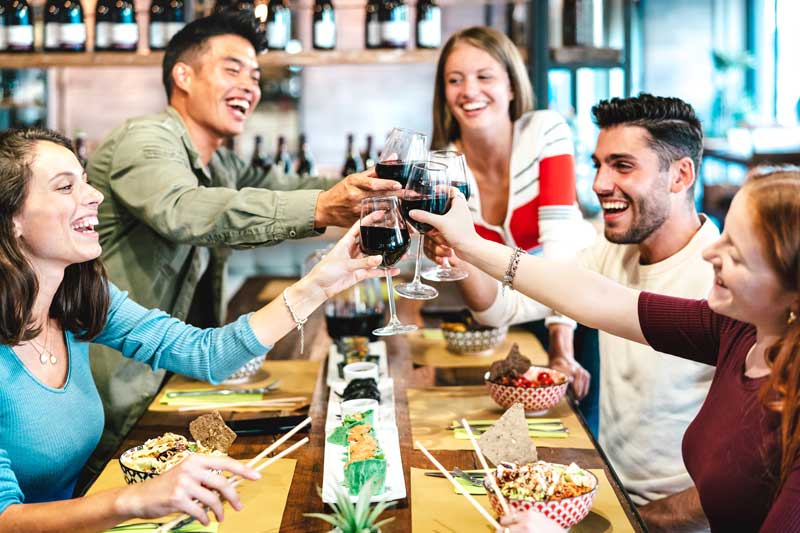The COVID-19 pandemic has transformed many aspects of day-to-day life, including what liquor stores are selling.
Typical buying patterns have changed. Customers have larger ticket sizes to reduce the frequency of their deliveries or avoid having to make multiple trips to the store. Customers are also sticking with big-brand names they can trust.
What customers are buying during the pandemic
“In some ways, it’s a return to the past,” Edward Mulvihill, owner of Peco’s Liquor Store in Wilmington, Delaware, told Beverage Dynamics. “It’s a return to what people were buying from 1995 to 2005.”
Mulvihill said customers started purchasing 30-racks of beer, jug wine, 1.75-ml bottles of vodka, and boxed wine.
“People were asking me whether I had 1.75-ml. bottles of Kettle One Vodka,” Mulvihill says. “I didn’t, so I started carrying it. People are buying cases of it at a time.”
The 1.75-ml became one of Peco’s best sellers, along with boxed wine, during the lockdown. Tito’s Vodka is another customer favorite at Peco. Mulvihill previously ordered 15 cases at a time, but has upped his order to 50.
“People are buying more hard liquor, especially vodka because some customers believe it kills the virus,” Chandra Loknauth, a saleswoman at Dr. Wine liquor store on Manhattan’s Upper East Side, told The New York Times in March. “People are buying more than what they need. Before they bought one or two bottles. Now it’s four or a case. They’re afraid we will close, and then what will they do? They’re coming in more often, too.”
Courtney Klukow, a manager at McCabes Wines & Spirits in New York City, told The New York Times customers are buying cases of wine instead of one or two bottles. At first, it was because patrons feared the store would run out, but now it’s become the standard way to shop.
“The liter isn’t cutting it for some, so they’re buying magnums,” she said. “In the beginning, there was panic, so people were stocking up. Now people understand this is becoming a way of life.”
What customers stopped drinking during the pandemic
There have been few reasons to say “Cheers!” during the COVID-19 pandemic, and champagne sales reflect the less-than-jovial feeling across the country. Sherry-Lehmann Wine & Spirits Merchants, a liquor store in Midtown Manhattan, reported to The New York Times that pre-pandemic they sold 35 cases of a day of champagne, and now they sell about five.
Large parties are banned or strongly recommended against, and most bars are forbidden from having indoor patrons — resulting in kegs sitting around getting skunked.
“We actually stopped production on kegs and bottles that would go to bars for a few months. And on the flip side, honestly, those 24-pack cans — we can’t make quickly enough,” Andrew McGuire, Molson Coors’ Great Lakes regional vice president for Molson Coors Beverage Company, told Fox6Now.com.
Customers have also stopped trying new brands during these trying times; they want something comforting and a guarantee that they’ll enjoy it.
What brands can do to adapt
For smaller brands, lesser-known brands that may have seen a dip in sales during the Coronavirus, there are ways to increase your exposure to customers.
Work with the restaurants where your brand is sold on promotions that allow customers to buy food and either try your wine, get a discount on the bottle, or get a free glass to go. Place a small card or flyer in with the order so customers learn they like your brand and can purchase it later from a liquor store.
Partnering with delivery services, such as Drizly, can help increase liquor store sales by getting extra data and analytics on where customers are viewing and buying your brand.
Finally, partnering with social media influencers can help escalate your brand by having a person show they enjoy your wine or liquor while having a cozy night at home.
- 87% of Utilities Have Experienced at Least One Data Breach in Last Three Years - February 5, 2024
- Can Drones Lower Your Next Utility Bill? - January 10, 2024
- Onshore Wind Farms Are The Next Big Thing In Renewable Energy - December 6, 2023




